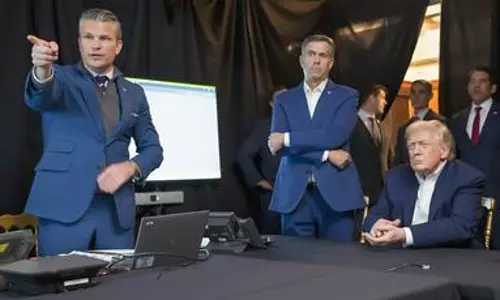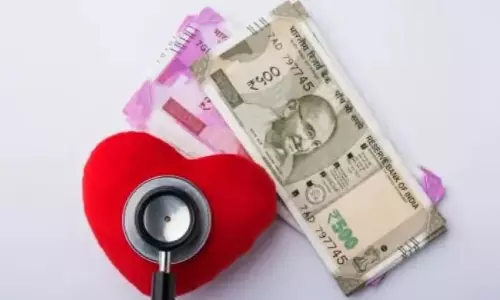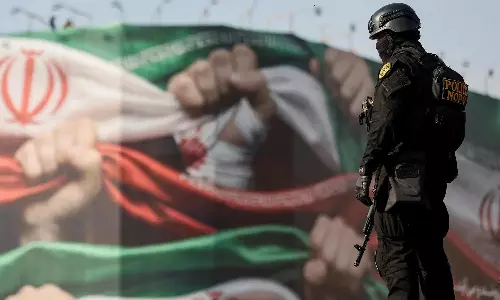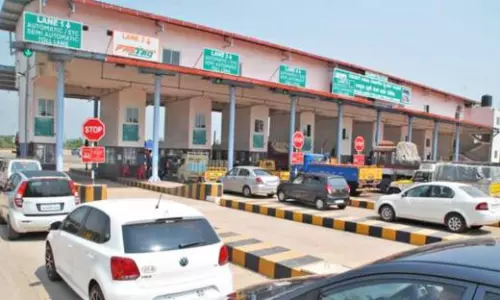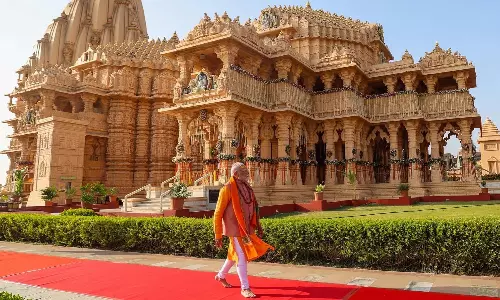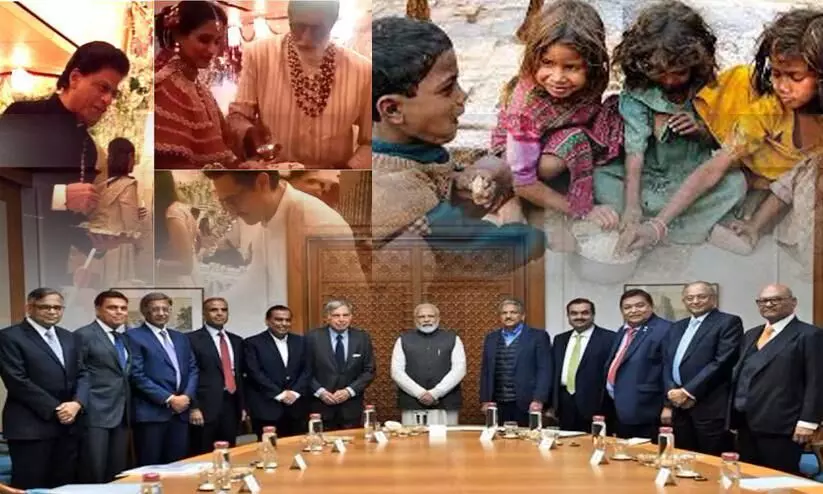
Setting aside 1% billionaires, what left for 99% common man in Modi’s India
text_fieldsAs the Lok Sabha elections in India are going on, the incumbent Modi government is struggling to present significant national developments to the public and is instead becoming known for its divisive campaign, which aims to polarize voters into two categories: those who support their Hindutva ideology and those with anti-nationals.
However, the opposition, particularly the INDIA bloc, is raising concerns about the laxity of the Modi government, especially regarding the financial and economic status of the country, which is marred by several reasons and has a direct impact on the livelihood of the common man in the form of unemployment, inflation, price rise of commodities, and the poor condition of the health system.
But India’s economic status indices paint a different picture, diametrically opposite to the real-time ground reality of the economy. The increase in billionaires, often cited as a measure of the country's economic soundness, prompts global ratings to project a high GDP growth rate, highlighting India as the world's fastest-growing economy under Prime Minister Narendra Modi's administration.
Many economists and critics of the government see the recent extravagant wedding reception of billionaire industrialist Mukesh Ambani's son as a flaunting to the world to showcase the country's wealth. This, coupled with the ostentatious displays of other billionaires, positions Mumbai, India's financial and entertainment hub, as Asia's "billionaire capital," surpassing Beijing and trailing only behind London and New York globally.
This surge in wealth among the super-rich, with 200 Indians making it to Forbes' billionaires list last year, is seen by some as a testament to India's economic success. Proponents argue that Modi's governance has eliminated extreme poverty and fostered robust economic growth. Yet, this narrative is contested by many economists and academics who question the depth and distribution of India's growth. They argue that while there has been economic expansion, it has disproportionately benefited the wealthy, exacerbating inequality.
However, this economic success story is increasingly overshadowed by rising inequality and persistent unemployment, posing a significant challenge to Modi's bid for a third term.
According to a World Inequality Lab report, the top 1% of Indians now own over 40% of the country's wealth, a concentration that surpasses even the levels seen during British colonial rule.
Critics highlight that despite the headline GDP figures, the benefits of growth have not trickled down to the broader population. Rising inflation has hit poorer families the hardest, increasing their frustration and threatening to erode Modi's popularity.
Unemployment remains a significant issue, with more than 60% of respondents in a recent survey by the Lokniti research programme citing it as a primary concern. The survey underscored the challenges facing the bottom 50% of the population, who struggle with a chronic lack of decent jobs.
The wealth gap is not just an economic issue but also a social one. The increasing disparity could hinder India's aspirations to transition from a developing to a global economic power. High levels of inequality can slow down growth and create financial instability, further entrenching social injustice.
The contrasting realities of India's economic landscape are stark. In the state of Maharashtra, 400 miles from Mumbai's billionaire enclaves, poverty remains a harsh daily reality. In regions like Melghat, families struggle to survive on meagre wages from sporadic labour, supplemented by government welfare schemes. Despite the expansion of these welfare programs under Modi, many beneficiaries feel that the assistance is insufficient and sporadic, often leaving them to rely on neighbours or forage for food.
While Modi's government has been credited with reducing corruption in welfare distribution and improving access to basic necessities, such as food and toilets, the impact has been uneven. Many welfare schemes, including those providing food grains, predate Modi's tenure, and critics accuse him of taking undue credit while downplaying the schemes' limitations and the significant costs involved. Meanwhile, spending on critical areas like health and education has proportionally decreased.
Accurate measurement of poverty and unemployment in India has been hampered by allegations that the Modi administration has selectively released data and delayed crucial surveys, including the national census. Available data indicate that India's growth is heavily skewed, failing to uplift the broader population. The lack of secure employment opportunities, especially for the nearly 1 billion Indians of working age, remains a pressing concern.
Despite higher levels of education, many Indians face poor job prospects. More than 90% of the workforce is employed informally, in low-wage, exploitative jobs without benefits. Studies reveal a grim employment landscape: 42% of graduates are unable to find jobs, and the youth constitute 83% of the unemployed. Underemployment is rampant, with millions working in low-wage jobs just to survive.
In rural areas, such as the village of Waifad in Maharashtra, the despair over joblessness is palpable. Young men, many of whom are first-generation graduates, struggle to find employment, often resorting to agricultural labour or low-paying construction work. The scarcity of secure government jobs, coupled with allegations of corruption in job allocations, has fuelled widespread disillusionment.
Modi's recent promises to create millions of jobs in sectors like infrastructure, aviation, and green energy have been met with scepticism. The unfulfilled pledge from 2014 to create 20 million jobs looms large, particularly among the youth who feel abandoned by the government.
This discontent is evident in the sentiments of villagers who express little faith in Modi's ability to address their employment woes, questioning the government's focus on the wealthy at the expense of the broader population.
As India approaches the next election, the growing wealth gap and persistent unemployment are critical issues that Modi must address. While the country boasts impressive economic growth figures, the challenge lies in ensuring that this growth benefits all Indians, not just the elite few.




